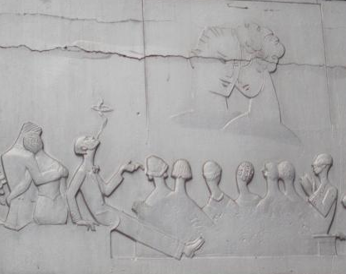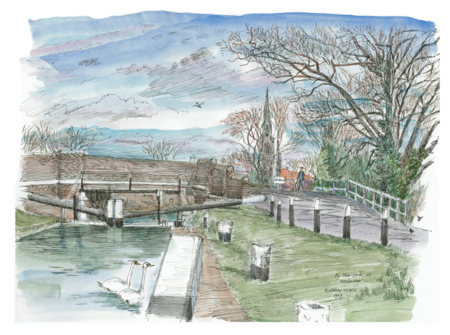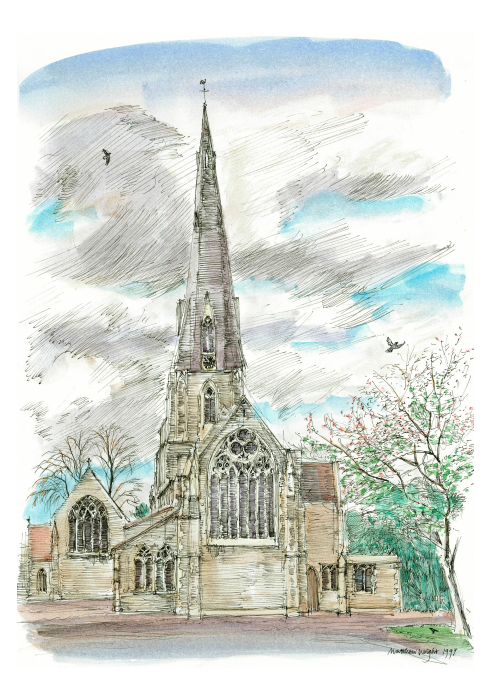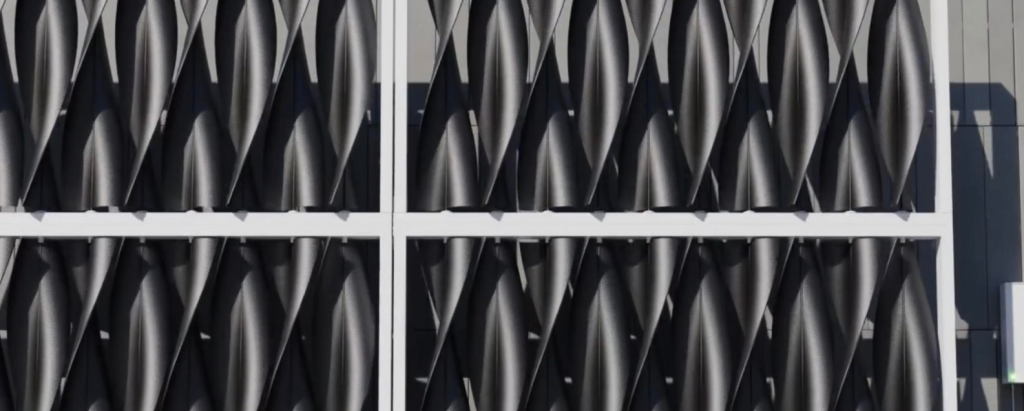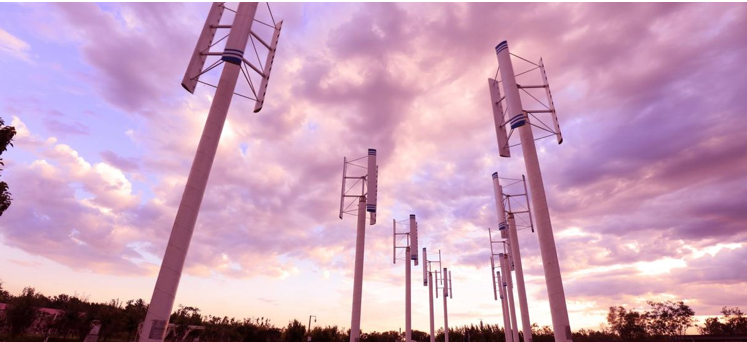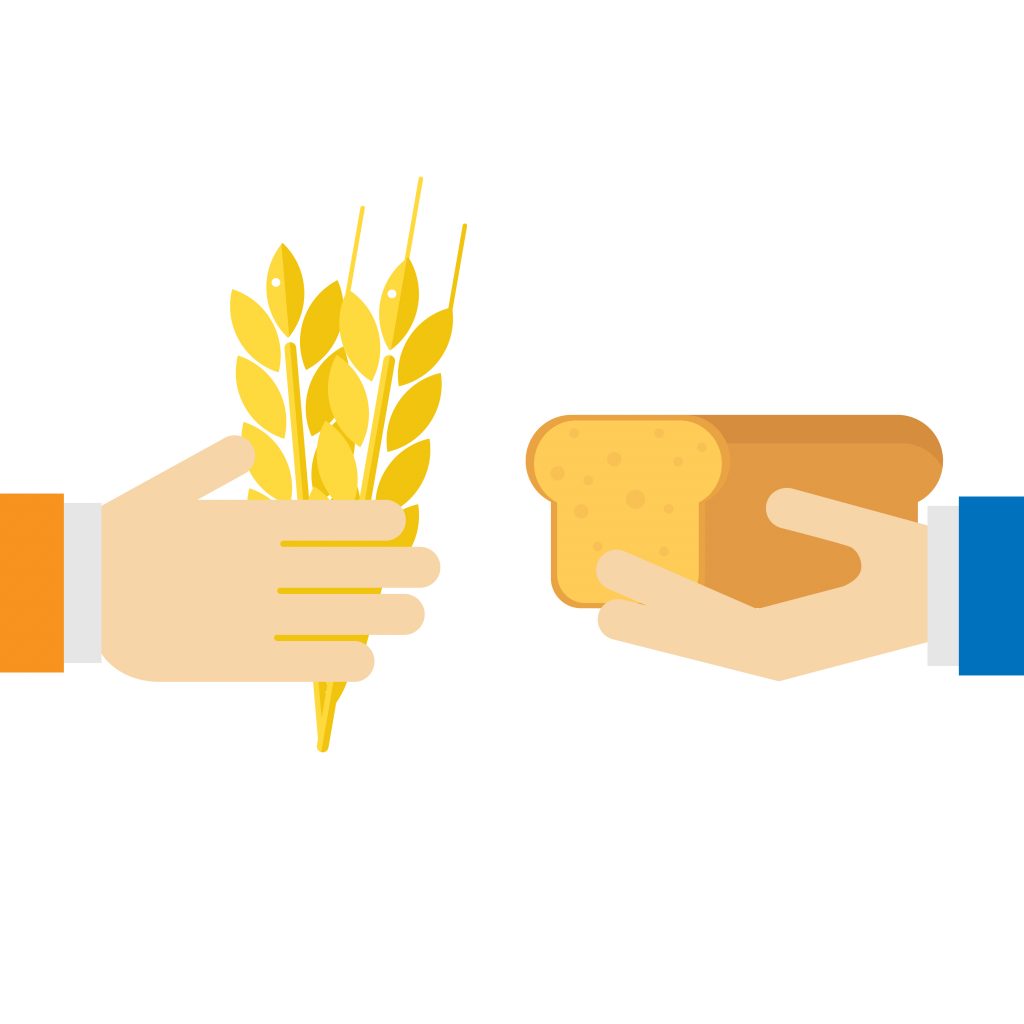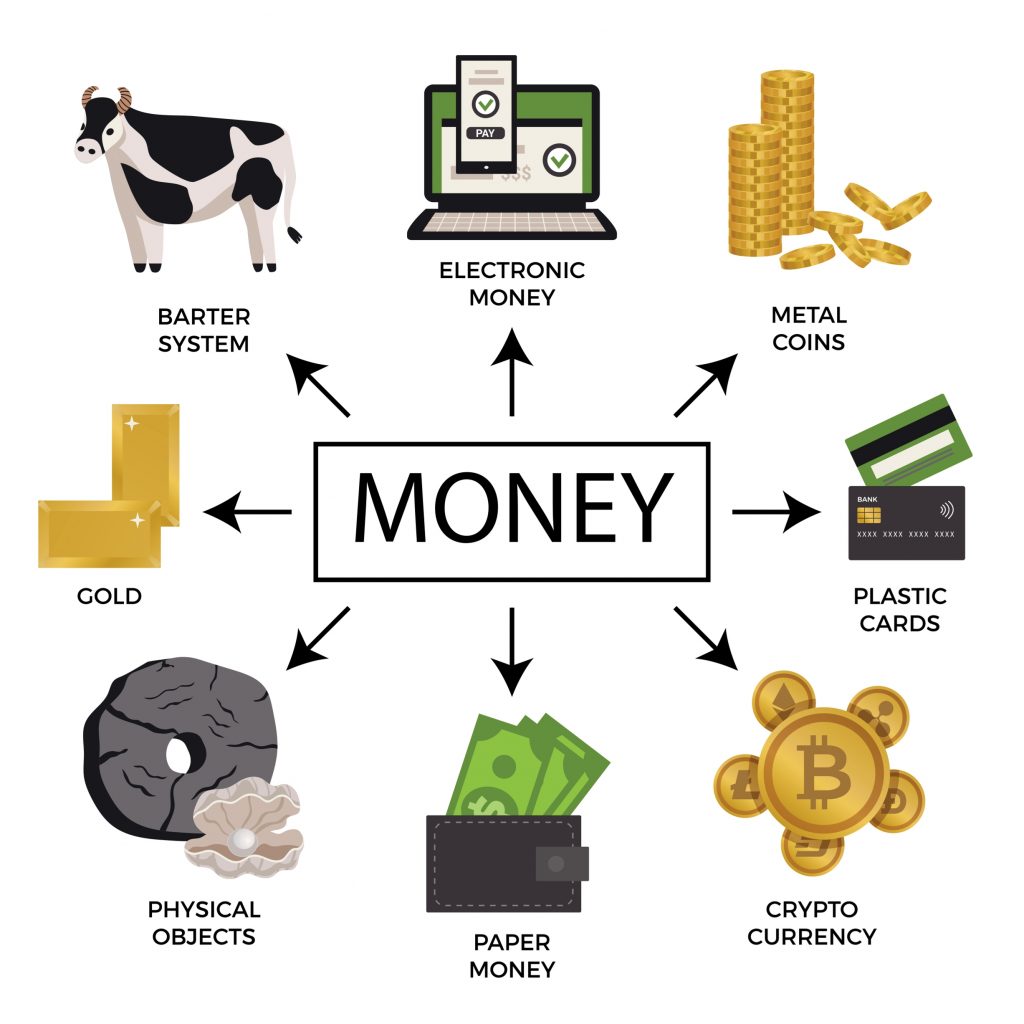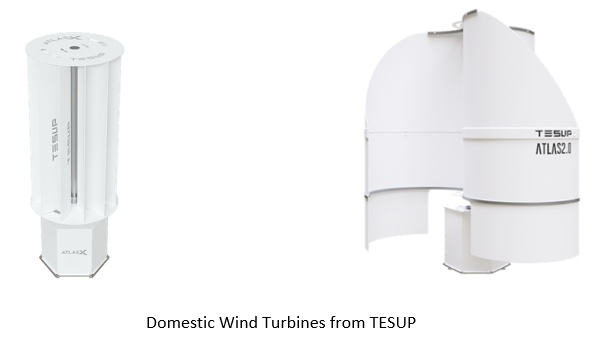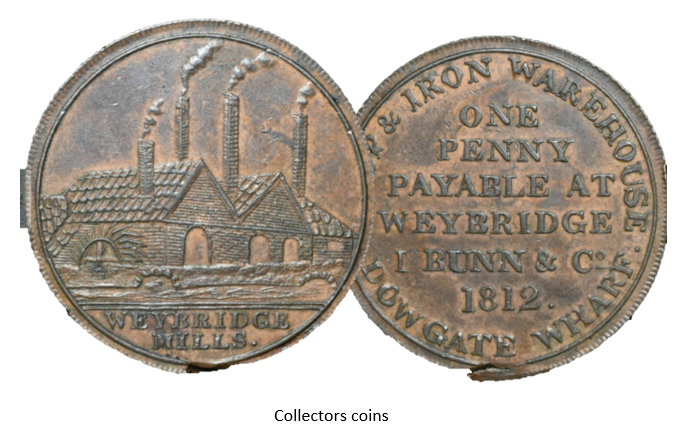
I am talking to Matthew Wright an artist, who is mainly known to us for his oil paintings, his ink and watercolour paintings depicting numerous scenes of Surrey and around London, as well as for his work with pastels.
Matthew was born in London in 1945. As a child, he attended the Lycée Français Charles de Gaulle in South Kensington, London. Then he attended the Byam Shaw School of Art, where he was recognised and won first prize for drawing and painting and also won the David Murray Travelling Scholarship to France.
From 1966 to 1969 he continued his education at the Royal Academy Schools, and in 1969, on completion, he won again a prestigious First Landseer Prize and Silver Medal for three drawings of the head.
Between 1971 and 2006 Matthew held numerous exhibitions in London galleries of Hampstead, Camden Town, Chelsea, Highgate and Cork Street.
When it comes to his everyday life, he spends a considerable amount of time with his wife and family in his riverside Chertsey home in Surrey, and he frequently visits his second home in the south of France during the summer months, where he exhibits his work from his home and Atelier in the Old Town of Céret.
How old were you when you first realised that you were very good at drawing and painting?
I was about four years old when I did my first picture and my mother commented on it and said:” that is really fantastic, you must continue doing more work.” So, four is the earliest.
It seems that art has been with you most of your life.
Yes, it has been with me most of my life, which I probably inherited from my grandparents and my parents. My parents were both architects, and my mother was also an artist. She went to Chelsea Art College, and her father, my grandfather, was a sculptor, quite a well-known sculptor in London. His name was Newbury Abbot Trent (14 October 1885 – 2 August 1953), and my great uncle was also a London sculptor whose work is even more well known in London and his name was Gilbert Ledward (23 January 1888 – 21 June 1960).
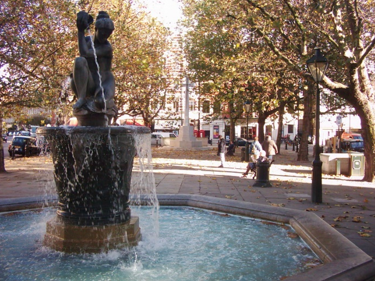
Obviously, there is an amazing talent that runs in the family. So, when you were at the Royal Academy of Art and got your prestigious First Landseer Prize, named after another prominent British painter, it gave you, not only a deserving recognition for your talent, ability and your art by highly qualified artists other than your family, but also the confidence for life.
That is true. Because I was at the Royal Academy Schools, that is already a tribute to the work that I’ve had done. Just to be able to get there. You are already selected before applying to enter the Royal Academy. You are vetted by your previous Art College, in my case the Byam Shaw, and they put my name down as a suitable candidate to try for The Royal Academy. And then you have a one-in-250 chance of getting in, because they only accept 25 to 30 people every year.
So, by getting in you knew that your work was already recognised.
In a way it was difficult for me, because if you are an artist, you are very sensitive. So suddenly you are put on a pedestal. Everyone knows you are good, so everything you do has to be, good!
That puts you under pressure. Yes, I had a difficult time when I was in the Academy and did not produce much good work.
But you must have, as on completion you were awarded the First Landseer Prize and won a Silver Medal.
I did alright with my drawing, and my drawing kept me going really well, but the painting – I could not settle down to be the oil painter that I now am. I needed to get through the Royal Academy, leave, and then settle down and find myself.
Please tell us how it has happened that you decided to choose as your topic for your ink and watercolour paintings to paint the scenes of our villages and towns from around Britain?
This happened because when I had my final show at the Royal Academy, which is called your Diploma Show, galleries from around London came to look at the various artists’ work, who were leaving College that year, and one gallery in Hampstead picked me out and said: ”We are prepared to give you an exhibition of your work when you leave.” So, I had my first exhibition up in Hampstead. They said:” Would you mind doing us a picture of some part of Hampstead to produce as the poster for your forthcoming show? It will help to get more publicity if the posters go up around town in Hampstead”. The poster did so well, people kept coming back to the gallery, to buy a poster. So, the Gallery said they thought I had a very good market for doing that sort of work, and particularly there in Hampstead, and they also said they would be happy to show my work of anything I did of Hampstead. So, I started to produce many, many pictures of Hampstead and then that turned into producing them as prints and then finally as cards.
We can now find them all over the place: in post offices, in bookshops and in some gift shops.
Yes, they are mostly in bookshops, principally in many Waterstones in central London. I also supply many other places such as the Weybridge Post Office where they have exclusivity of the local cards.
Matthew and his wife form a very good team for providing us with Matthew’s amazing postcards and prints. He paints them and his wife prints them.
You paint in oil; you also paint in ink and watercolour, as well as in pastels. Which art medium is your favourite?
The one I like best is oil painting. It is far more ambitious, and it is more challenging. However, I am much more comfortable with the pen and ink watercolours, which comes naturally to me.
Your oil painting, it looks like it just effortlessly happens, too. I am very appreciative of your paintings.
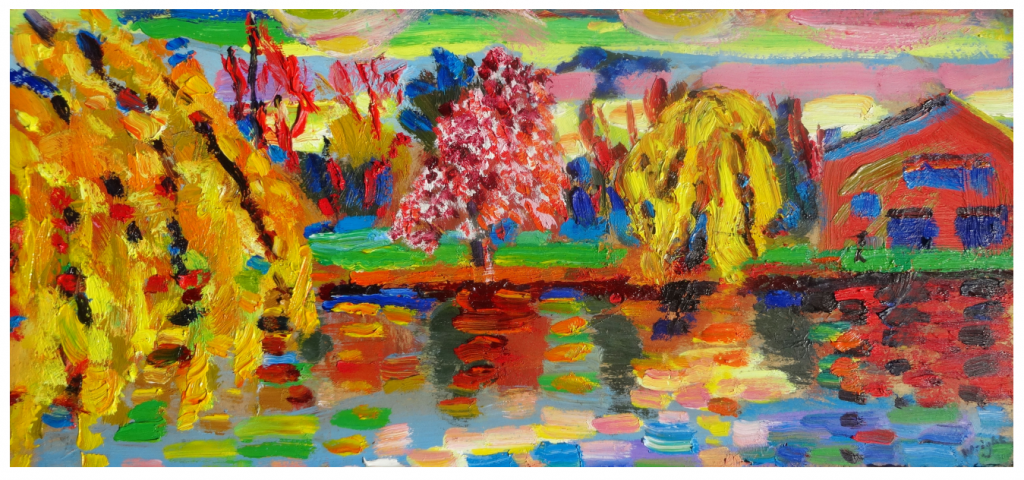
Why is art important to you?
I suppose, because of my fascination for trying to find oneself through that medium. It is challenging; I love colour and I love the medium of oil, so that is probably why.
I am going to ask you a couple of questions, but I am not sure if you will be able to answer them.
I viewed your oil paintings via your gallery. They reflect the beauty and happiness of life and the colours are quite magical. That is how I perceive them.
I want to ask, what inspires you to choose the particular colours and mix them the way you do for your paintings?
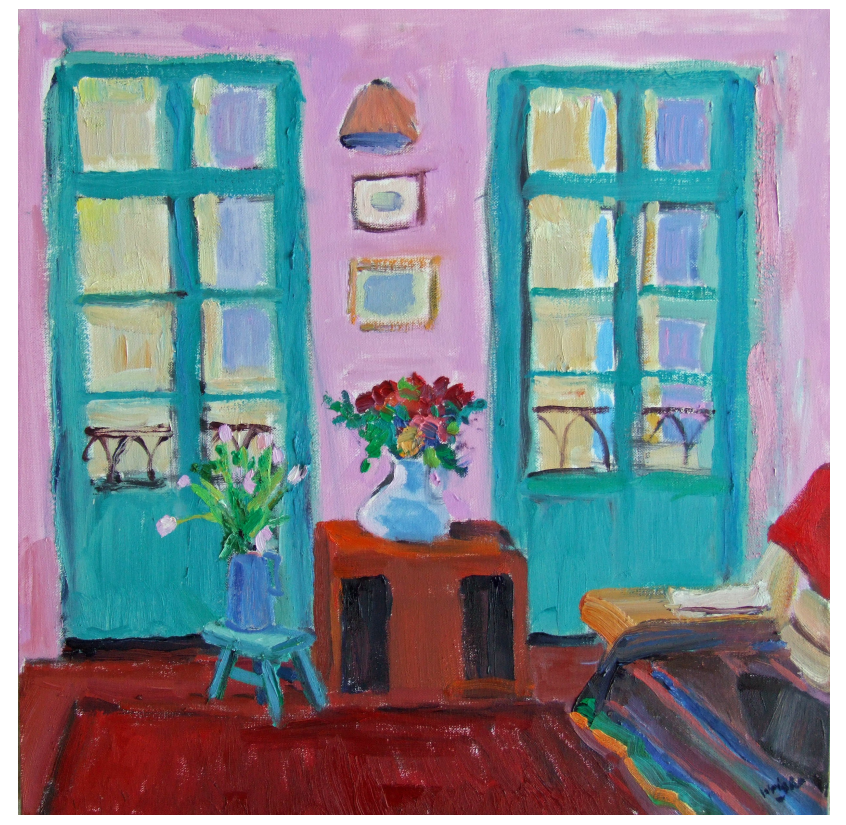
That is very, very difficult to answer, because that is for me the magic of painting, and it normally comes about through something inside me in the way I see things and eventually will come out through the colour. Do not ask me how I mix the colours or why I mix them in that way, because I do not know myself, and sometimes I would finish a picture and say, “I am not happy with it,” and put it away to the side in the studio and start something else. And I come back the next day and look at it and say:’ but that is fine, why did I throw it out?’ And you sometimes cannot recognise what you have done, and it takes my wife and my family to look at something and say, “Oh, I really love that one”. And you are not aware why they like that, but not another one. I suppose it is a personal taste.
My other difficult question is this: We are surrounded by beautiful scenes, landscapes, flowers, beautiful nature. We have got it first-hand every day, and we have got it as accurate as it can be and as it is, so why is it and what is it that makes a painter paint the scenes? Then we, the admirers, buy the picture, hang this picture of the scenes on the wall, it often stays with us all our life and it becomes part of our life. Why do we do this?
I think we all associate ourselves with the areas where we live, whether it is just the habitual use of a place where we live. For instance, you are here in Weybridge, and you know streets of Weybridge and some mean more to you than others, and I would go myself around town and find places that I like.
So, these are some aesthetic features that we want to point out, and it is the artist who is showing and drawing attention to them.
Showing the way in a way.
Yes. The colours, the magic, and we do not know why.
We do not know why exactly, but I suppose it is just the fact that you recognise the area, and it means something to you because you walk down that road every day, or whatever it is. There is a connection between you and your environment and where you live, that in one sense you can call magical.
Would you say that it is some feature, like the sense of aesthetics, which is very characteristic to us humans, that makes us do these things?
I think so, but I suppose you can even take it to the basics of an animal. An animal has its own little area that it feels happy with, and it’ll fight for that corner where it lives.
So, in many ways, we do fight for our own environment where we live and do not want to see things change. Why do we not want things to change? Because aesthetically they are pleasing to us.
My question is really about, why we bother to do this. We can just go out and look at this building or tree, but then we decide to paint it and hang it on our walls as pictures. This is a difficult question, maybe a nonsense question.
It is not a nonsense question, it is an interesting one, it is about why we do it? I think it is the association we have with that area. As you just said, you can walk out and just have a look at it, or you could take a photograph of it and put it on your wall.
It is not the same, though.
There is no emotion or feeling in the photograph that will come through as deep as a personal reflection.
So, we get the feeling of that particular person who is painting, and that is another kind of extra magic in life.
It is. It’s because you actually see it in a way through the eye of what the painter saw.
That is what you are actually seeing.
I have got the answer. Thank you, that is very lovely to find out.
What do you like to do when you are not painting? Do you have other interests?
I do not have many. I row on the river, and I like nature very much, obviously, from what I do, but because now I am somewhat handicapped, I can’t get out as much as I used to, which is annoying. So, I read, I probably watch far too much TV and I tend to work every day as a rule.
Do you go to other exhibitions?
I go occasionally to exhibitions mostly in London with a friend of mine that I have known for the last 35 years. We meet up and visit galleries in London.
Do you sometimes go to Switzerland, like to Basel that is full of galleries?
No, I do not travel very far because of my handicap. I tend to go by car, and often galleries are situated in parts of towns where you cannot get your car close to, and it involves a lot of walking. So, viewing galleries becomes more and more problematical.
Once you find yourself in the situation you suddenly may discover that the appropriate facilities are not always there. That poses an unnecessary obstacle for people with particular needs.
From the environmental point of view, do you think that there is space for improvement of the artist’s way of life?
I know, for instance, that paints in the 19th century, at the time of Sir Edwin Landseer and Van Gogh were very toxic. They are not toxic now.
I only use recognised artists’ oil paints. I do not know how they can be improved. I tend to keep my window open when I paint or when I clean my brushes for health reasons.
I would like to thank you for your beautiful art and for making it available to us via various outlets like Waterstones bookstores, post offices, including our own in Weybridge, some gift shops and of course your website.
(http://thewrightgallery.co.uk)
We are very lucky to have you living in Chertsey, within our reach, and we are very proud to have artists like yourself in our community.
Thank you for taking your time and talking to us.
Thank you very much for interviewing me and for appreciating my work. It is very kind of you.


